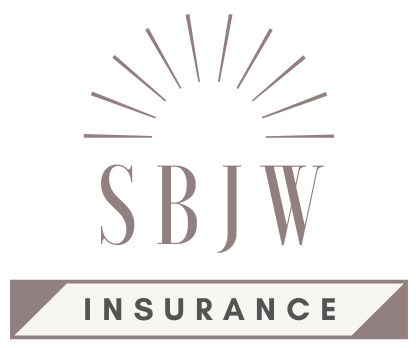Understanding UV Protection Month: Safeguarding your Health and Insurance

July marks UV Prevention Month, a time dedicated to raising awareness about the risks of ultraviolet (UV) radiation and promoting preventive measures to protect our health. At SBJW Insurance, we believe that understanding UV exposure is essential for your safety and well-being. In this blog post, we’ll explore the dangers of UV radiation, how to prevent harm, the potential impact on insurance, and some intriguing facts about UV safety.
The Risks of UV Radiation
UV radiation comes from the sun and artificial sources like tanning beds. It is divided into three types based on wavelength:
- UVA: These rays penetrate deep into the skin, causing aging and long-term damage.
- UVB: Responsible for sunburns, UVB rays can directly damage DNA in skin cells, leading to skin cancer.
- UVC: These rays are absorbed by the Earth’s atmosphere and do not pose a risk under normal conditions.
Exposure to UV radiation can result in various health issues, including:
- Skin Cancer: Prolonged exposure to UVB rays significantly increases the risk of developing melanoma and other skin cancers.
- Premature Aging: UVA rays break down collagen and elastin fibers, causing wrinkles and age spots.
- Eye Damage: UV rays can harm the eyes, leading to cataracts and macular degeneration.
- Immune Suppression: Excessive UV exposure can weaken the immune system, reducing the skin’s ability to protect against infections.
Prevention and Safety Measures
Preventing UV-related health issues involves adopting simple yet effective safety measures:
- Sunscreen: Use broad-spectrum sunscreen with at least SPF 30, and reapply every two hours, especially after swimming or sweating.
- Protective Clothing: Wear long-sleeved shirts, wide-brimmed hats, and UV-blocking sunglasses.
- Shade: Seek shade during peak sun hours (10 a.m. to 4 p.m.) when UV radiation is strongest.
- Avoid Tanning Beds: Opt for sunless tanning products instead of tanning beds, which emit harmful UV rays.
- Regular Skin Checks: Monitor your skin for any changes or unusual moles and consult a dermatologist for regular check-ups.
How UV Exposure Can Affect Insurance
Awareness of UV risks extends beyond personal health, impacting insurance considerations as well:
- Health Insurance: Chronic UV exposure and resulting skin conditions may lead to increased healthcare costs. Early detection and treatment of skin cancer can reduce long-term expenses.
- Life Insurance: A history of skin cancer can affect life insurance premiums and eligibility. Maintaining preventive measures can help in securing favorable rates.
- Homeowners Insurance: Policies may offer coverage for sun damage to home exteriors or outdoor equipment, highlighting the importance of UV protection for property.
Fun Facts About UV Prevention
- Historical Use of Sunscreen: Ancient Egyptians used rice bran and jasmine as sun-protective agents.
- UV Index: The UV Index was developed by Canadian scientists in the early 1990s to provide a standardized measure of UV radiation levels.
- Plants and UV Protection: Some plants produce natural UV-blocking compounds to protect themselves from excessive sunlight.
Conclusion
UV Prevention Month serves as a crucial reminder to prioritize sun safety and take proactive steps to reduce the risks associated with UV radiation. By understanding the different types of UV rays, implementing preventive measures, and considering the potential impact on insurance, you can protect your health and well-being. At SBJW Insurance, we are committed to helping you stay informed and safe. Remember, a little prevention goes a long way in safeguarding your future.
Stay safe and sun-smart this summer!
